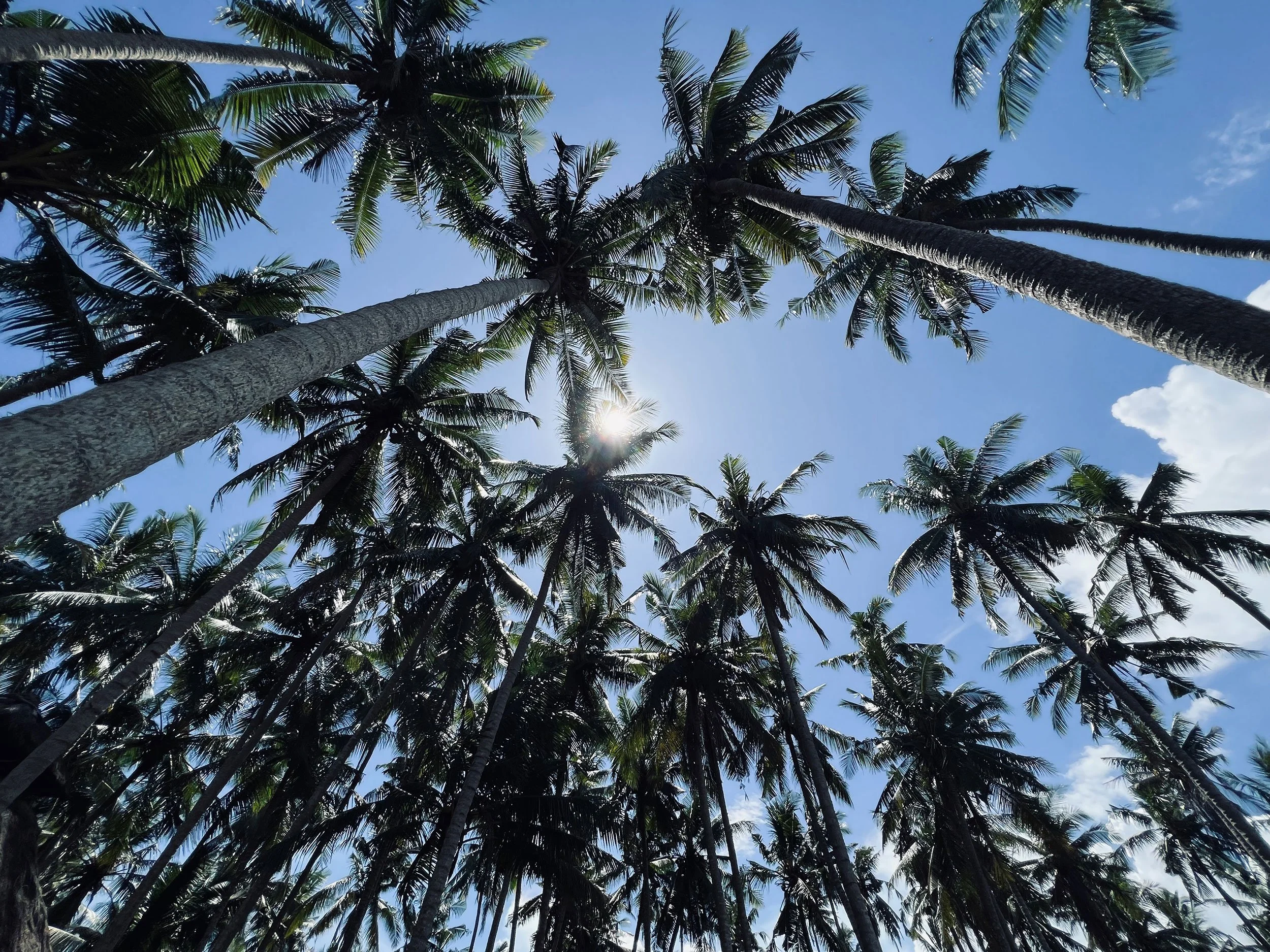The Coconut Conundrum
Coconut Palms, the defining image of tropical island life are in danger of extinction. The coconut industry is under stress.
The total amount of coconut growing land on the planet is 12 Million hectares.
60% of the worlds coconuts are in South East Asia and Indonesia alone has 3.4 Million hectares of coconut landscapes.
A systemic decline in productivity, aging trees and farmers, is reaching the point of no return.
Demand for coconut derivatives (including domestic items like soap, cosmetics and toothpaste) has exploded, creating acute supply chain pressures, commodity level price increases and is setting up an inevitable shortage of global supply.
Corporate coconut plantation models are largely absent in Indonesia, leaving the burden of supply with low income smallholders who farm 98% of the worlds coconut. These farmers have little or no incentives to replant because they do not have access to the supply chain for high value products. Instead they mostly make their money from selling Copra, ie the white pulp that is left to dry in the sun and then sold cheaply to factory processors who crush it into a low grade crude oil that is then sent to other factories mostly in Europe for refining into domestic products.
Nangahale Plantation
A new coconut production business model is urgently needed to sustainably service the industry and ensure local farmers have an income and are incentivised to plant new trees. Restless generation is working with RCA Carbon and local landowners the Catholic Church in Maumere and Larantuka in Eastern Flores Indonesia on a new and innovative plantation model. The existing coconut will be processed on site into high grade Virgin Coconut Oil, and the husks will be used to produce clean burning charcoal briquettes, both significantly higher value items than copra.
In addition other crops that grow naturally in the shade of coconut will be planted such as banana, cacao, coffee, cinnamon, candlenut. We will produce banana flour on site which is a gluten free superfood.
This plantation model is called Regenerative Agroforestry and will remove carbon naturally from the atmosphere at two and a half times the rate of natural rainforest. This will enable us to gain certification for selling Carbon Credits and repeat this agroforestry model throughout Indonesia.


